E-mail:
exexportmachinery@126.com
Tel:
+86-15256547590

Confused about offset printing? You're not alone! Many business owners find it complex. Is it the right choice for your business needs? Offset printing uses plates to transfer an image onto a rubber blanket, then onto the printing surface. This method offers high quality and cost-effectiveness for large print runs. If you're still unsure, keep reading! I will break down the essentials. This way, you can decide if offset printing is a good fit for your business.
Ever wondered how newspapers or magazines get printed? Offset printing is a common method. But how does it actually work? Offset printing involves transferring ink from a printing plate to a rubber blanket, then to the paper. This "offset" process creates sharp, clean images and is ideal for large quantities. Transition Paragraph: Still, that description may be too abstract, and let's continue to introduce.
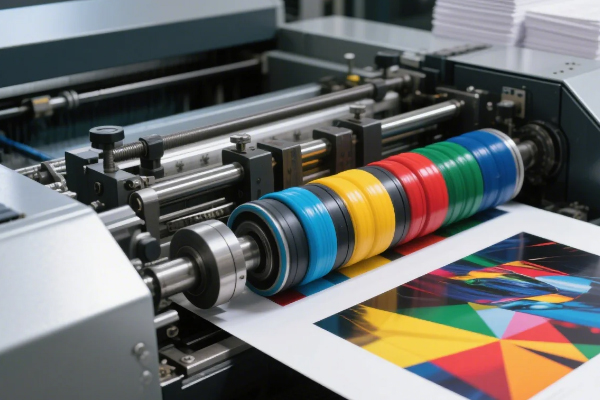
Not all offset printing machines are the same. There are different types. Which one is right for your printing needs? Offset printing machines come in sheet-fed and web-fed varieties. Sheet-fed machines print on individual sheets of paper, while web-fed machines print on a continuous roll. Each type has its advantages depending on the job.
The main difference between sheet-fed and web-fed machines lies in how the paper is fed through the press. Sheet-fed machines are more versatile and can handle a wider range of paper stocks and sizes. They are often used for smaller print runs and higher-quality projects. Web-fed machines, on the other hand, are designed for high-speed, large-volume printing. They are commonly used for newspapers, magazines, and catalogs. The continuous roll of paper allows for faster printing speeds and lower costs per unit. Here's a comparison table to illustrate the key differences:
| Feature | Sheet-Fed Offset Printing | Web-Fed Offset Printing |
|---|---|---|
| Paper Feed | Individual sheets | Continuous roll |
| Speed | Slower | Faster |
| Volume | Smaller print runs | Larger print runs |
| Paper Stock | Wider range | Limited range |
| Cost | Higher cost per unit | Lower cost per unit |
| Common Uses | Brochures, posters, business cards | Newspapers, magazines, catalogs |
The offset printing process involves several steps. Understanding these steps can help you appreciate the technology. What are the key stages in offset printing? The offset printing process includes image preparation, plate creation, inking, transferring the image to a rubber blanket, and finally, printing onto the paper. Each step is crucial for achieving high-quality results.
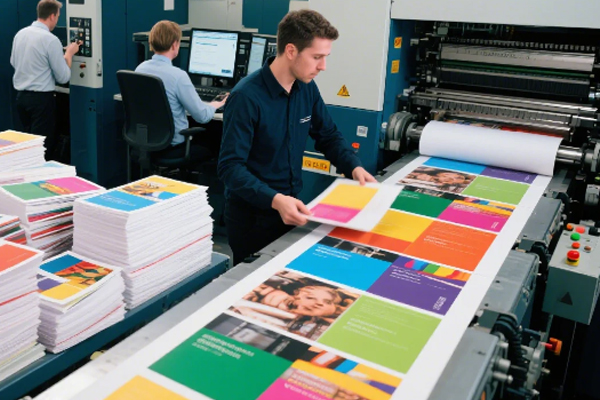
Let's break down each step in more detail:
Image Preparation: The first step is to prepare the image or text that will be printed. This involves creating a digital file that contains all the necessary information.
Plate Creation: Next, the digital image is transferred onto a printing plate. The plate is treated so that only the image areas attract ink.
Inking: The printing plate is mounted on the printing press and inked. The ink adheres only to the image areas on the plate.
Transfer to Rubber Blanket: The inked image is then transferred from the plate to a rubber blanket. This blanket acts as an intermediary between the plate and the paper.
Printing: Finally, the image is transferred from the rubber blanket to the paper. The paper is pressed against the blanket, transferring the ink and creating the printed image. I've seen firsthand how each step contributes to the final product. The precision and care taken in each stage are essential for achieving a high-quality print.
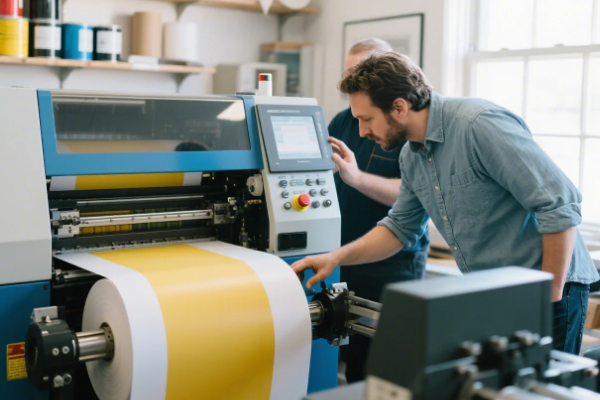
Offset printing isn't always the best choice. When should you consider using it for your business needs? Choose offset printing for large print runs, projects requiring high image quality, and when you need consistent color reproduction. It's ideal for brochures, magazines, and marketing materials.
Offset printing excels in situations where you need to produce a large number of identical copies. The setup costs are higher compared to digital printing, but the cost per unit decreases significantly as the quantity increases. Here are some scenarios where offset printing is a good choice:
Large Print Runs: If you need to print thousands of brochures, flyers, or catalogs.
High Image Quality: If your project requires sharp, detailed images and vibrant colors.
Consistent Color Reproduction: If you need to ensure that the colors are consistent across all copies.
Specific Paper Stocks: If you want to use a specific type of paper that is not compatible with digital printing. On the other hand, digital printing may be a better choice for small print runs, personalized items, and projects that require quick turnaround times. Digital printing doesn't require printing plates, so it's more cost-effective for smaller quantities.
Buying an offset printing machine is a big decision. Is it a worthwhile investment for your business? Whether an offset printing machine is worth the investment depends on your business needs and printing volume. For businesses with high printing demands, it can be a cost-effective and efficient solution.
The initial investment in an offset printing machine, such as a four color offset printing machine can be significant. You'll need to consider the cost of the machine itself, as well as the cost of installation, training, and maintenance. However, if your business has a high printing volume, the long-term cost savings can outweigh the initial investment. Offset printing offers lower costs per unit compared to outsourcing your printing needs. Here are some factors to consider when evaluating whether an offset printing machine is a worthwhile investment:
Printing Volume: How many items do you print on a regular basis?
Printing Quality: What level of quality do you need for your printed materials?
Budget: How much can you afford to invest in a printing machine?
Maintenance Costs: What are the ongoing maintenance costs associated with the machine?
Expertise: Do you have the necessary expertise to operate and maintain the machine? The printing and packaging equipment at Shanghai EX.Export International Industry Co., Ltd. is engineered for precision and efficiency. With over 20 years of experience, we have developed equipment that integrates advanced technology to ensure high-quality output and consistent performance.
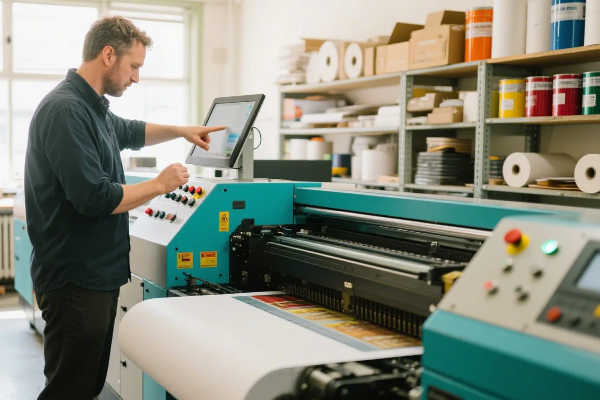
Operating an offset printing machine can seem daunting. But with proper training, it's manageable. What are the basic steps to operate an offset printing machine? Operating an offset printing machine involves preparing the machine, loading paper, inking the plates, adjusting pressure, and monitoring the printing process. Proper training is crucial for safe and efficient operation.
Before you start operating an offset printing machine such as a double colour offset printing machine, it's essential to receive proper training from a qualified professional. This will help you understand the machine's components, safety procedures, and operating instructions. Here are some basic steps to get you started:
Prepare the Machine: Clean the machine and ensure that all components are in good working order.
Load Paper: Load the paper stock into the machine's feeder.
Ink the Plates: Apply ink to the printing plates, ensuring that the ink is evenly distributed.
Adjust Pressure: Adjust the pressure between the printing plates, rubber blanket, and paper to achieve the desired print quality.
Monitor the Printing Process: Keep a close eye on the printing process, making adjustments as needed to maintain consistent quality.
Clean Up: After the printing job is complete, clean the machine thoroughly. Remember, safety should always be your top priority when operating an offset printing machine. Follow all safety procedures and wear appropriate personal protective equipment.
Offset printing is a powerful tool for businesses. Knowing the basics can help you decide if it's right for your needs.
As a leading supplier of paper printing press machine, Shanghai EX.Export International Industry Co., Ltd. offers top-of-the-line Offset Printing Machines designed for high-volume, high-quality printing tasks. Our machines are a cornerstone in commercial printing, providing exceptional precision and consistent output for large-scale production runs.
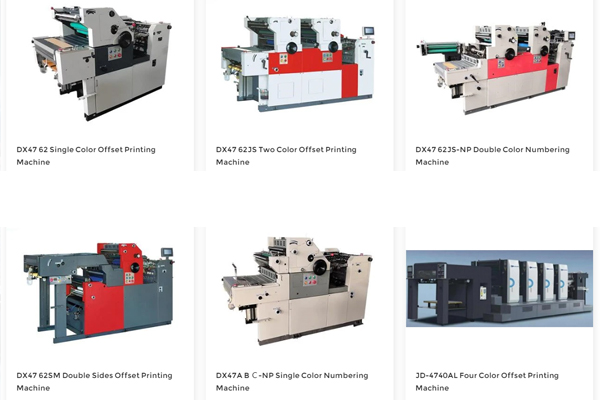
Offset printing is widely regarded for its ability to produce sharp, clean images with high color accuracy, making it the go-to choice for a variety of print applications such as brochures, magazines, catalogs, and packaging. What sets our Offset Printing Machines apart is their ability to deliver impeccable results, even on complex designs and a wide range of substrates. With over 20 years of industry experience, EX.Export ensures each machine is built with advanced technology, allowing for seamless integration into your production line, maximizing efficiency, and reducing waste.
Our Offset Printing Machines are engineered to handle high-volume jobs with ease, offering rapid print speeds, minimal downtime, and high operational stability. Whether you are working with paper, cardboard, or special materials, these machines guarantee vibrant, consistent color reproduction, providing you with the high-quality results your business demands.
For businesses aiming to optimize production while maintaining excellent print quality, our Offset Printing Machines are an invaluable asset, combining technology, precision, and reliability.

Hello, I am Valerie Xu. With over a decade in the global printing and packaging industry, I connect clients with top-tier Chinese manufacturing solutions. My expertise allows me to source, customize, and deliver high-performance equipment worldwide.
I turn your machinery investment into a strategic advantage by identifying the best equipment for your needs and budget. My services include:
✅ Pre-Sales: Consultations, factory audits, and equipment matching.
✅ After-Sales: Installation, training, maintenance, and spare parts.
I streamline purchasing, mitigate risks, and optimize costs, ensuring a trusted partnership for success. Let’s elevate your operations with precision-engineered solutions.